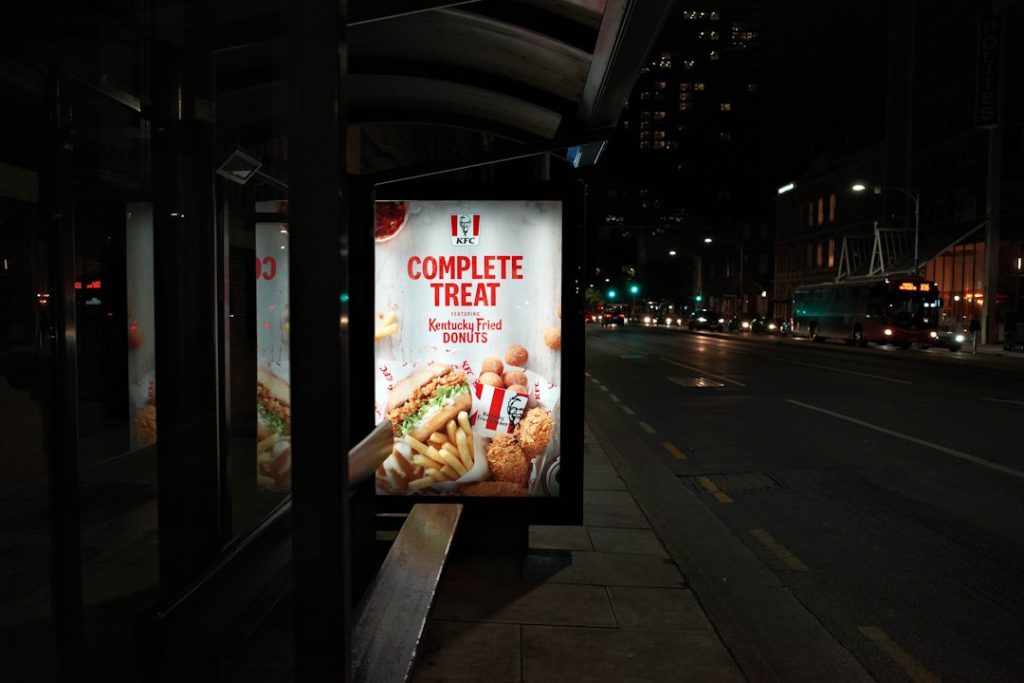Meta Ads, previously known as Facebook Ads, represent a powerful advertising platform that encompasses not only Facebook but also Instagram, Messenger, and the Audience Network. This integrated approach allows businesses to reach a vast audience across multiple channels, leveraging the extensive user data that Meta collects. The platform offers various ad formats, including image ads, video ads, carousel ads, and collection ads, each designed to cater to different marketing objectives.
Understanding the nuances of these formats is crucial for businesses aiming to maximize their advertising effectiveness. The underlying technology of Meta Ads is driven by sophisticated algorithms that analyze user behavior and preferences. This data-driven approach enables advertisers to create highly targeted campaigns that resonate with specific demographics.
For instance, a local coffee shop can target users within a certain radius who have shown interest in coffee-related content. By understanding how Meta Ads function and the types of audiences they can reach, businesses can craft campaigns that not only capture attention but also drive meaningful engagement and conversions.
Key Takeaways
- Meta ads are a form of online advertising that appear on social media platforms owned by Meta, such as Facebook and Instagram.
- When choosing the right meta ads for your business, consider your target audience, campaign objectives, and budget.
- Creating engaging meta ads involves using high-quality visuals, compelling copy, and a clear call-to-action.
- Targeting the right audience with meta ads can be done using demographic, interest-based, and behavioral targeting options.
- Measuring the success of your meta ads involves tracking key metrics such as click-through rate, conversion rate, and return on ad spend.
Choosing the Right Meta Ads for Your Business
Selecting the appropriate type of Meta Ads is essential for aligning your advertising strategy with your business goals. The first step in this process is to clearly define what you want to achieve. Are you looking to increase brand awareness, drive traffic to your website, or boost sales for a specific product?
Each objective may require a different ad format and approach. For example, if your goal is to enhance brand visibility, video ads showcasing your products or services can be particularly effective due to their engaging nature. Moreover, understanding your target audience plays a pivotal role in choosing the right ad format.
For instance, if your audience consists of younger users who are more visually oriented, Instagram Stories or Reels might be the best fit. Conversely, if you are targeting professionals or B2B clients, LinkedIn-style ads on Facebook may yield better results. By aligning your ad format with both your business objectives and audience preferences, you can create campaigns that are not only relevant but also compelling.
Creating Engaging Meta Ads

Creating engaging Meta Ads requires a blend of creativity and strategic thinking. The visual elements of your ad are often the first point of contact with potential customers, making it imperative to use high-quality images or videos that capture attention. For instance, a fashion retailer might showcase their latest collection through vibrant images that highlight the unique features of each piece.
Additionally, incorporating dynamic elements such as animations or interactive features can further enhance engagement. The copy accompanying your visuals is equally important. It should be concise yet impactful, conveying the core message of your campaign while prompting users to take action.
Utilizing strong calls-to-action (CTAs) can significantly influence user behavior; phrases like “Shop Now,” “Learn More,” or “Sign Up Today” create a sense of urgency and encourage clicks. Furthermore, A/B testing different versions of your ads can provide valuable insights into what resonates best with your audience, allowing for continuous improvement in your advertising efforts.
Targeting the Right Audience with Meta Ads
| Metrics | Value |
|---|---|
| Impressions | 10,000 |
| Click-Through Rate (CTR) | 2% |
| Conversion Rate | 5% |
| Cost per Click (CPC) | 0.50 |
One of the standout features of Meta Ads is its robust targeting capabilities. Advertisers can segment their audience based on various criteria such as demographics, interests, behaviors, and even custom audiences derived from existing customer data. This level of granularity allows businesses to tailor their messaging to specific groups, ensuring that their ads reach individuals who are most likely to convert.
For example, a fitness brand could target users who have expressed interest in health and wellness topics or those who follow fitness influencers on social media. Additionally, lookalike audiences can be created based on existing customer profiles, enabling businesses to reach new users who share similar characteristics with their best customers. By leveraging these targeting options effectively, businesses can optimize their ad spend and improve the overall return on investment (ROI) of their campaigns.
Measuring the Success of Your Meta Ads
To gauge the effectiveness of your Meta Ads campaigns, it is essential to establish clear metrics and key performance indicators (KPIs) that align with your business objectives. Common metrics include click-through rates (CTR), conversion rates, engagement rates, and return on ad spend (ROAS). By analyzing these metrics, businesses can gain insights into how well their ads are performing and identify areas for improvement.
Meta’s Ads Manager provides comprehensive analytics tools that allow advertisers to track performance in real-time. For instance, if a particular ad set is underperforming in terms of CTR, it may be necessary to revisit the creative elements or targeting parameters. Additionally, conducting post-campaign analyses can help businesses understand which strategies were successful and which ones fell short, informing future advertising efforts and enabling continuous optimization.
Best Practices for Meta Ads

Implementing best practices in your Meta Ads campaigns can significantly enhance their effectiveness. First and foremost, maintaining consistency in branding across all ad formats is crucial; this includes using similar color schemes, fonts, and messaging that align with your overall brand identity. Consistency fosters brand recognition and trust among consumers.
Another best practice is to utilize retargeting strategies effectively. Retargeting allows you to reach users who have previously interacted with your brand but did not convert. By serving tailored ads to these individuals—such as offering discounts or showcasing products they viewed—you can increase the likelihood of conversion.
Additionally, regularly refreshing your ad creatives helps combat ad fatigue; users are more likely to engage with fresh content rather than seeing the same ads repeatedly.
Optimizing Meta Ads for Conversions
Optimizing Meta Ads for conversions involves a multi-faceted approach that combines data analysis with creative adjustments. One effective strategy is to implement conversion tracking through the Facebook Pixel, which allows you to monitor user actions on your website after clicking on an ad. This data provides insights into which ads are driving conversions and helps identify potential bottlenecks in the customer journey.
Furthermore, optimizing landing pages for mobile devices is critical given the increasing number of users accessing content via smartphones. Ensuring that landing pages load quickly and provide a seamless user experience can significantly impact conversion rates. A/B testing different landing page designs and content can also reveal which elements resonate most with your audience, allowing for data-driven decisions that enhance overall campaign performance.
Case Studies: Successful Meta Ads Campaigns
Examining successful case studies can provide valuable insights into effective Meta Ads strategies. One notable example is the campaign run by a well-known athletic apparel brand that aimed to increase online sales during a seasonal promotion. By utilizing video ads featuring athletes wearing their products in action-packed scenarios, they captured the attention of their target audience effectively.
The campaign was further enhanced by precise audience targeting based on interests in fitness and sports. Another compelling case study involves a small local bakery that leveraged Meta Ads to boost foot traffic during a holiday season. They created visually appealing carousel ads showcasing their festive treats while offering limited-time discounts for in-store purchases.
By targeting local users within a specific radius and utilizing engaging visuals combined with strong CTAs, they saw a significant increase in both online engagement and foot traffic during the campaign period. These examples illustrate how businesses of all sizes can harness the power of Meta Ads by employing strategic targeting, engaging creatives, and data-driven optimization techniques to achieve their marketing goals effectively.


